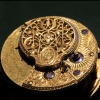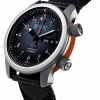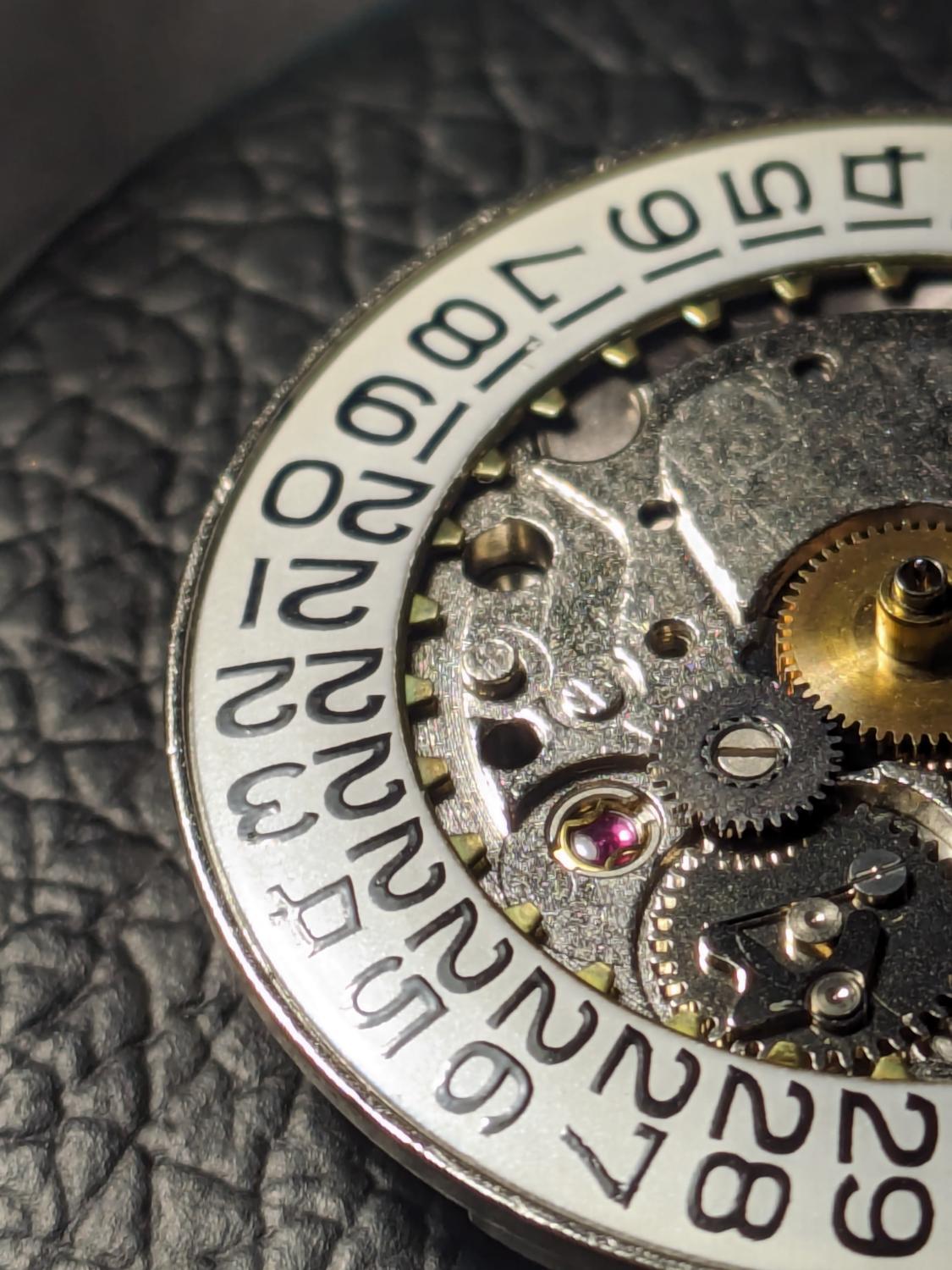Another Smiths
-
Recently Browsing
- No registered users viewing this page.
-
Topics
-
Posts
-
Well, my fundamental stance is that I want to go in and out without leaving any trace other than a shining, perfectly running movement. So, no scratchings on the inside of the case back lid, no marred screws, no debris, no fingerprints, and so on. That is, my goal is to make it impossible for the FBI to track me down. As a professional, I suppose you might want to keep track of returning watches, but as @JohnR725 mentioned, we can keep detailed computer records without marking the watch at all. That may not be true for every watch, but luxury and COSC-certified movements do have unique numbers. John also says it’s best to leave no sign you were ever there, and I couldn't agree more. Now, suppose the Sea-Dweller I'm working on is one day scrapped, and you want to sell the case-back separately (perhaps the case was destroyed in a plane crash). Then the scribbles on the inside no longer reflect the current movement inside the case. Also, the engraving will likely halve the market value of the case back. It had been "sleeping" for about a week and a half. Yes, the "debris/old lubricant" theory is my hypothesis as well! It will be interesting to see what I find once I have time to start disassembling the movement.
-
I've repaired a few of these, having some success with stripping and cleaning the mechanism. They are so cheap though, its hardly worth the effort in many cases.
-
By SwissSeiko · Posted
Id love to see how he has the output shaft mounted to this setup, as I have the same rotary stage and stepper in my build. -
If you see at least one thread protruding, or even a half, then you may have a chance using this "tool", but don't squeeze hard. Lot's of patience, and if you notice any signs of loctite or other adhesives, then apply several drops of acetone on top of broken stem. Use heat (hair dryer) also. You should be able gradually turn it counterclockwise, just like i did on this broken Timex stem, which was glued with something like nail hardener. Then you can use an extender to save your broken stem. https://m.media-amazon.com/images/I/513DVvkfW5L.__AC_SX300_SY300_QL70_ML2_.jpg You can also try cutting a small grove / slot on top of the broken stem to use 0.7mm flat screwdriver. Depending on the Crown material and Stem material, you can try dissolving the stem.
-







Recommended Posts
Join the conversation
You can post now and register later. If you have an account, sign in now to post with your account.
Note: Your post will require moderator approval before it will be visible.